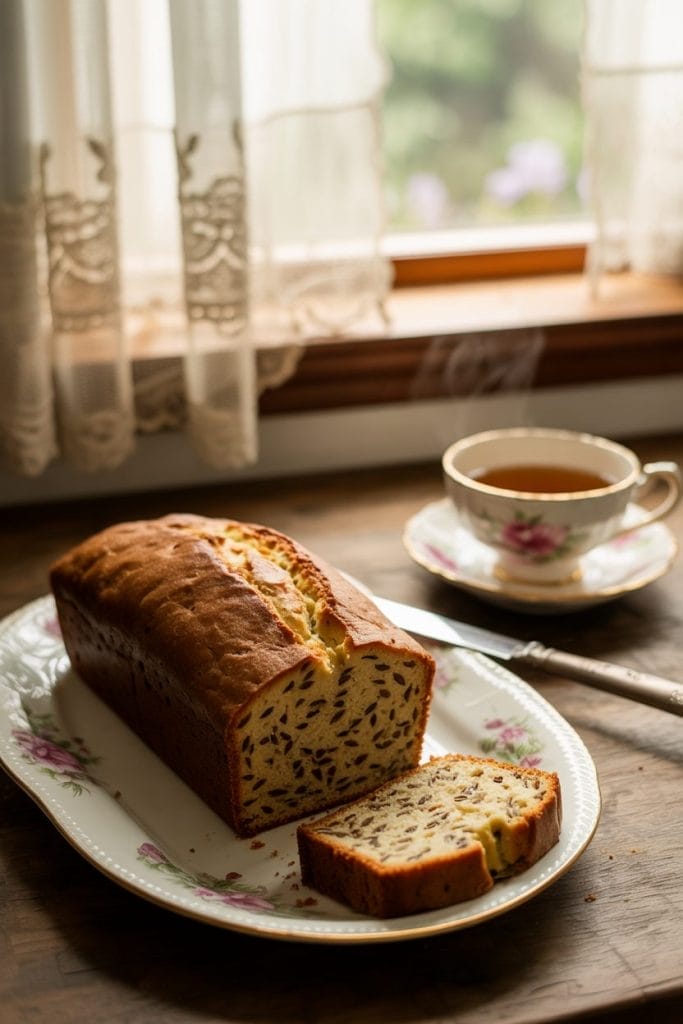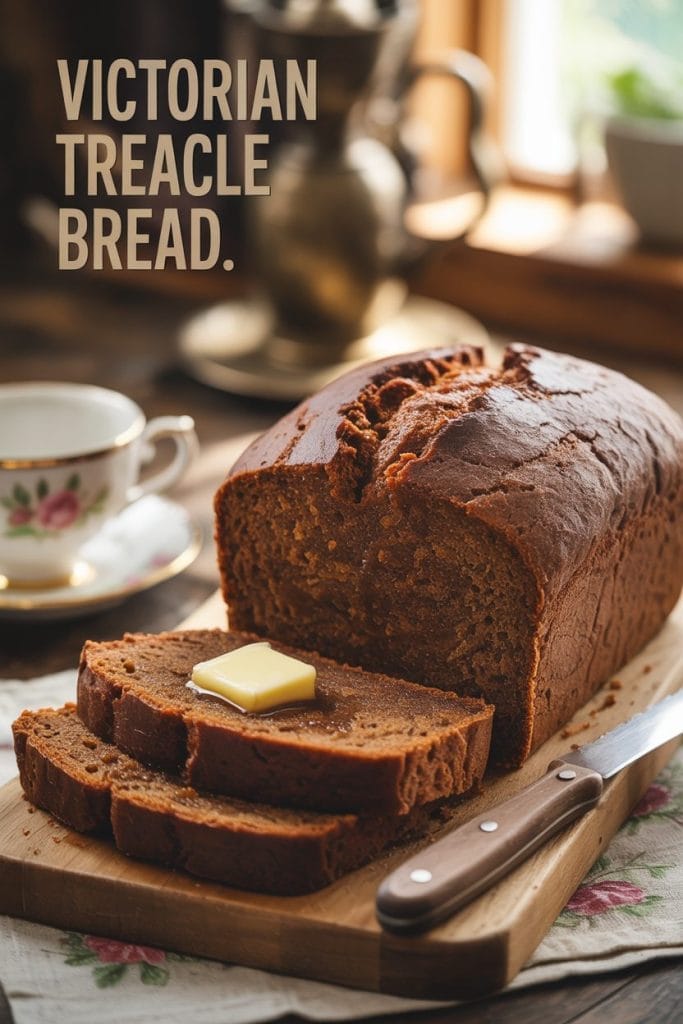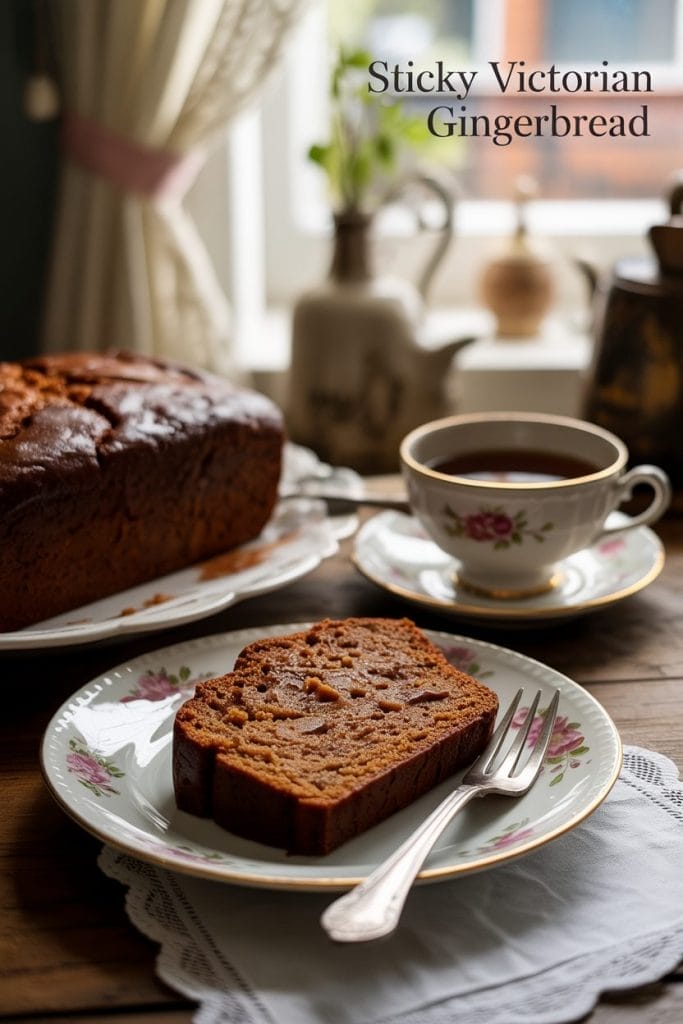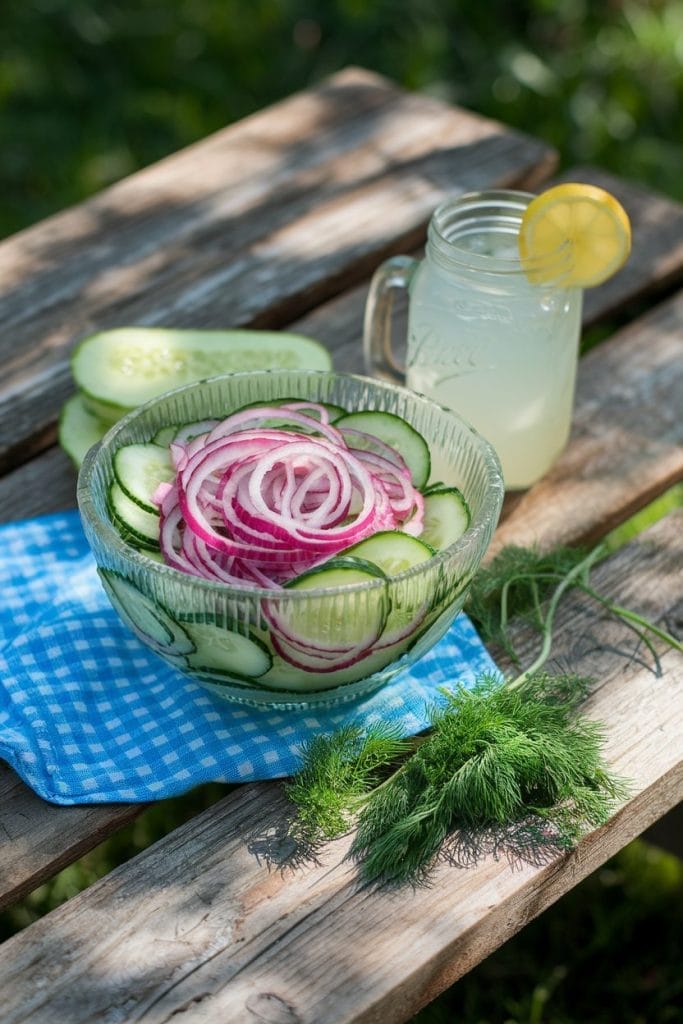I Made These FREE Vintage Recipe Tools JUST For You
This recipe was created with help from AI tools and carefully reviewed by a human. For more on how we use AI on this site, check out our Editorial Policy. Classic Fork earns a small commission from Amazon and other affiliate links at no extra cost to you, helping us keep our content free and honest.
7 Vintage-Inspired Vegan Dishes You’ll Want on Repeat
Time Period:
Meal Type:
I grew up with the smell of pot roast and buttered biscuits wafting through the house every Sunday—but going vegan didn’t mean I had to say goodbye to those comforting classics.
These seven vintage-inspired recipes bring all the cozy, nostalgic flavors without a single animal product.
Trust me, even Grandma would be impressed.
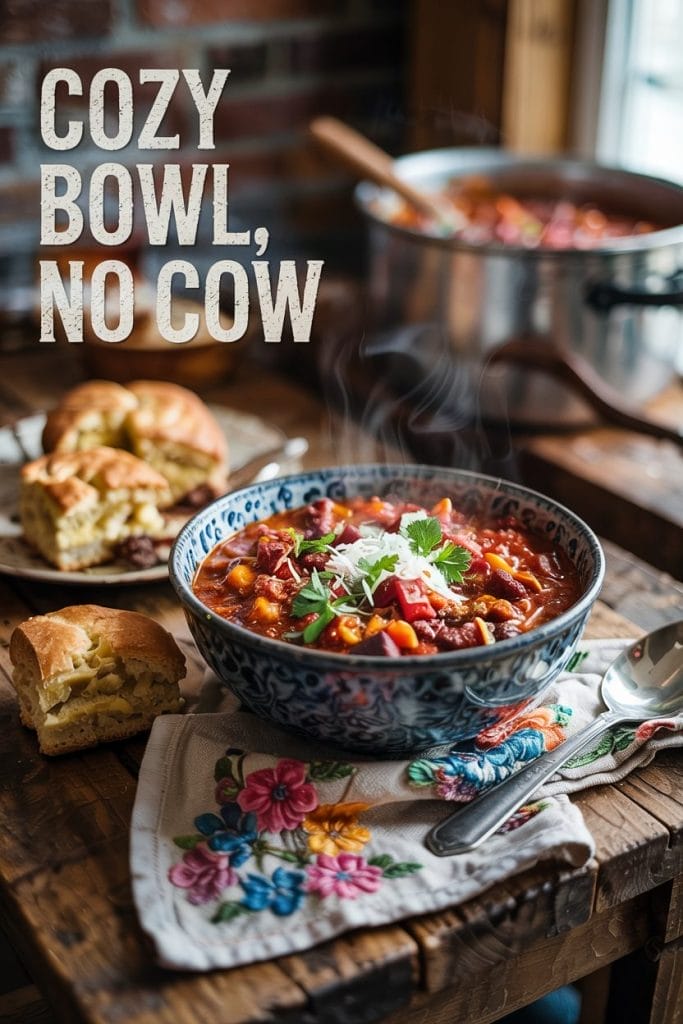
What Would You Cook in Wartime?
Step back in time and discover what you could make with limited wartime rations
1. Vegan Chili
Chili has deep roots in the American Southwest, especially Texas. The original version, called “chili con carne,” was a no-frills meat stew cooked by cowboys and settlers. But beans and spices were often added by working-class families who stretched meals to feed more people.
In the early 1900s, “chili parlors” started popping up in cities across the U.S., serving affordable comfort food. Even during the Great Depression, chili was a go-to because it was cheap and filling.
The vegan version swaps the meat for beans, lentils, or soy crumbles—keeping the tradition of resourceful, hearty cooking alive.

2. Vegan Lasagna
Lasagna goes all the way back to ancient Greece and Rome. But the layered version we know today took shape in Italy, especially in Naples and Emilia-Romagna. Traditional recipes used flat sheets of pasta, béchamel, meat, and cheese.
Italian immigrants brought lasagna to the U.S. in the late 1800s. It became a Sunday family staple across Italian-American homes.
Vegan lasagna keeps the comfort but uses plant-based cheese, veggies, and sometimes lentils or tofu. It’s still rich, still layered, and still made with love.

3. Vegan Pancake
Flat cakes have been around forever—Romans fried them with honey, and Elizabethans flavored them with rosewater and sherry. The American breakfast version took off in the 1800s when leavening agents like baking soda became common.
Vegan pancakes today skip the eggs and milk but keep the fluffy joy. Whether made with oat milk or bananas, they stick to their historical role: comforting, fast, and a little indulgent.

4. Vegan Donut
Donuts may have Dutch roots—olykoeks, or oil cakes, were brought to America in the 1600s. These early versions were heavy and fried in lard. By the 20th century, machines and shops made them popular everywhere, especially in the U.S.
Vegan donuts skip the animal fat and dairy but stay true to that sweet, celebratory vibe. They’re fried or baked, glazed or sugared—still the stuff of childhood dreams.

5. Carrot Cake
Carrot cake has medieval roots. Back when sugar was rare, Europeans used carrots to sweeten desserts. It faded for a while but made a comeback during WWII rationing. The U.K. made it popular again, and America caught on in the ‘60s and ‘70s health food boom.
Vegan versions ditch the eggs and cream cheese, but the spirit is the same—earthy, sweet, and a little rustic.

6. Vegan Ice Cream
Ice cream has been around in some form since ancient China and Persia—originally made with snow, honey, and fruit pulp. The creamy version we know was born in Europe and brought to America in the 1700s.
Vegan ice cream boomed more recently, using coconut, almond, or oat bases. It’s still indulgent, still a treat—just minus the dairy guilt.

7. Vegan Gravy
Gravy came from French gravé, a term used for rich meat sauces in medieval cookbooks. It spread all over Europe and made its way into holiday tables in the U.S. and U.K.
Vegan gravy reinvented the tradition, using umami-rich ingredients like mushrooms or miso. It still delivers that warm, saucy hug—especially over mashed potatoes or biscuits.

Maggie Hartwell
Hi there, I’m Maggie Hartwell, but you can call me Maggie—the apron-clad foodie behind Classic Fork! I created Classic Fork because I’m convinced food has a way of telling stories that words can’t. So, grab a fork and dig in. The past never tasted so good!

